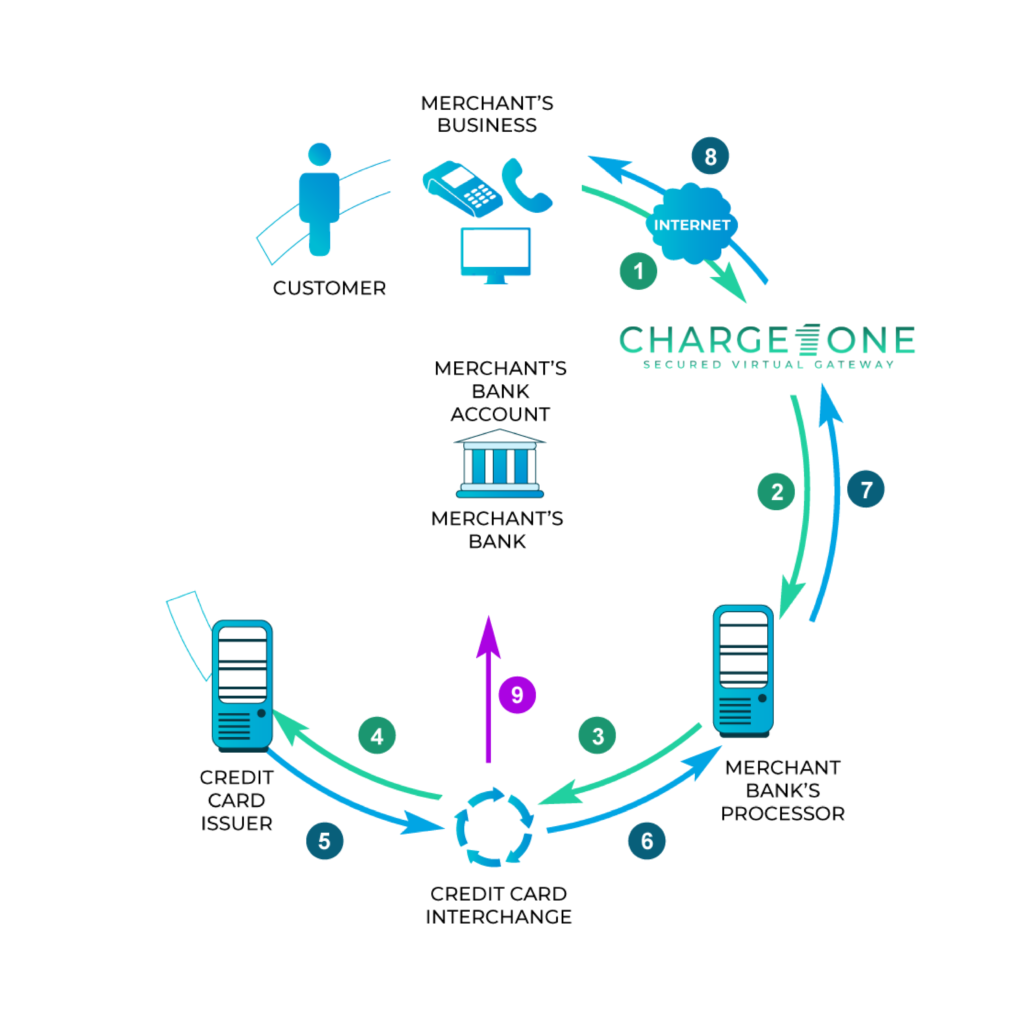
Introduction
The interchange plus rate plan is a pricing model that has gained popularity among businesses seeking transparency and cost-effectiveness in their credit card transactions. Unlike flat-rate pricing models, where businesses pay a percentage of each transaction, the interchange plus model breaks down the costs into more detailed components. This structure consists of two main parts: the interchange fee set by card networks (such as Visa or MasterCard) and a flat markup fee determined by the payment processor. This provides merchants with a clearer understanding of what they are being charged and allows for more predictable budgeting.
Interchange plus model
At the heart of the interchange plus model is the interchange fee, which varies based on factors such as transaction type, card brand, and merchant category. These fees are built into the payment card network’s pricing structure and are non-negotiable. By using the interchange rate as a baseline, the payment processor adds a predetermined markup, typically a fixed amount or percentage for each transaction. For instance, if the interchange fee for a specific transaction is 1.75%, and the processor’s markup is 0.25%, the total fee for the merchant would be 2.00%. This transparency helps businesses understand exactly how much they pay for payment processing and what portion goes to the card networks versus the payment processors.
Advantages of Interchange plus
One of the significant advantages of the interchange plus rate plan is its potential for savings. Since interchange fees can fluctuate based on a variety of factors, businesses that process a high volume of transactions or have a strong credit card mix could benefit from lower overall rates. The transparency of the pricing model also places the onus on the payment processors to provide competitive rates. Furthermore, businesses can analyze their transaction data to identify patterns, allowing them to optimize their card acceptance to minimize costs.
Understanding the model
However, it’s essential for businesses to approach the interchange plus rate plan with caution. While the model offers clarity and potential savings, it can also lead to confusion if not properly understood. Merchants must familiarize themselves with the various interchange categories and how their specific card transactions are classified. Thus, businesses should conduct thorough research and carefully review fee structures before committing to any payment processing service. By understanding how the interchange plus rate plan works, merchants can make informed decisions that align with their financial goals and operational needs.
Conclusion
In conclusion, the Interchange Plus Rate Plan stands out as a transparent and potentially cost-effective solution for businesses navigating the complexities of credit card processing fees. By understanding the separation of interchange fees and processor markups, merchants can gain greater control over their payment processing costs. While it requires some initial research and ongoing management, the benefits of this model can lead to significant savings and a clearer understanding of payment expenses over time. Please note that this is only some basic information on the Interchange Plus pricing model, for more information, call us at 310.826.7000.
